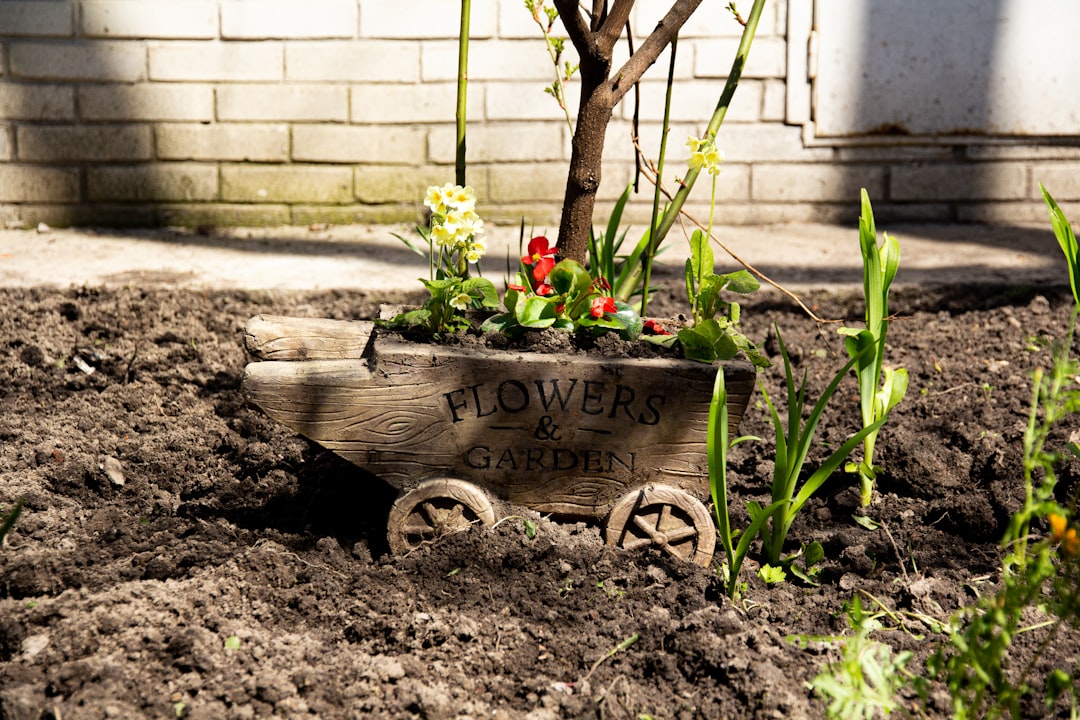Unveiling the Secrets of Repotting Aloe Vera: A Comprehensive Guide

Houseplants have become an integral part of our living spaces, bringing a touch of nature indoors and enhancing the overall aesthetic appeal. Among the numerous houseplants, aloe vera stands out as a popular choice not only for its ornamental value but also for its medicinal properties. However, to ensure the healthy growth of your aloe vera plant, it is essential to know when and how to repot it. This step - by - step guide will walk you through the process.
First and foremost, let's understand when it's time to repot your aloe vera. One of the most obvious signs is when the plant has outgrown its current pot. You may notice roots starting to emerge from the drainage holes at the bottom of the pot or the plant becoming top - heavy and unstable. Another indication is slow growth. If your aloe vera seems to have stopped growing or is producing smaller leaves than usual, it might be cramped in its current container and in need of a larger space.
Once you've determined that it's time to repot, gather the necessary materials. You'll need a new pot that is slightly larger than the current one. A pot with drainage holes is crucial as aloe vera plants are susceptible to root rot if they sit in waterlogged soil. You'll also need well - draining potting soil. A mixture of cactus soil and perlite works great as it allows for proper air circulation and water drainage. Additionally, have a trowel or a small shovel on hand to help with the transfer process.
Now, let's move on to the actual repotting process. Start by gently removing the aloe vera from its current pot. You can do this by turning the pot upside down while supporting the base of the plant. If the plant is stuck, you can tap the sides of the pot to loosen the soil. Be careful not to damage the roots during this process.
Once the plant is out of the pot, examine the roots. Trim any dead or damaged roots using a clean, sharp pair of scissors or pruning shears. This will encourage new root growth and help the plant establish itself in the new pot more quickly. After trimming, place a layer of the potting soil at the bottom of the new pot. The layer should be thick enough to support the base of the aloe vera plant.
Next, position the aloe vera in the center of the new pot. Slowly add more potting soil around the plant, gently pressing it down to secure the plant in place. Make sure not to pack the soil too tightly as this can restrict root growth. Leave some space at the top of the pot to allow for watering.
After repotting, water the aloe vera lightly. Avoid over - watering as the plant is still adjusting to its new environment. Place the newly repotted aloe vera in a location with bright, indirect sunlight. Aloe vera thrives in such conditions and will gradually recover from the repotting process.
It's important to note that after repotting, your aloe vera may experience some shock. This can manifest as wilting or yellowing of the leaves. Don't worry; this is normal. With proper care, the plant will bounce back. Keep an eye on the plant over the next few weeks and adjust your care routine as needed.
As your aloe vera continues to grow, you may need to repeat the repotting process every few years. By following these steps, you can ensure that your aloe vera remains healthy and vibrant, adding beauty and functionality to your indoor space.
In conclusion, repotting your aloe vera is a simple yet crucial task for its long - term health. By being observant of the signs that indicate the need for repotting and following the proper steps, you can help your aloe vera thrive. So, go ahead and give your aloe vera the new home it deserves, and enjoy the benefits of a healthy, happy houseplant.